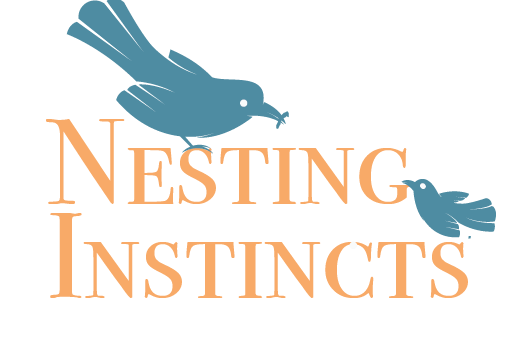Skullcap -- an herb that may help reduce anxiety and stress during the postpartum period.
I've been asked by a lot of mothers experiencing the first symptoms of a possible postpartum mood disorder (PPMD) if there are any natural remedies to nip it in the bud or get on top of a budding problem. The answer is, if you think you are facing or experiencing a postpartum mood disorder (whether it's mild depression or something more ominous) consult with your primary care provider immediately -- that is your midwife, OB, family practice doctor or therapist. Don't let it linger. As you seek help, know this:
No woman should have to suffer in silence.
You are not broken.
You are not a bad mother.
You simply may be one of millions of women whose hormomes and the unhealthy work-focused push of our society have manifested in a very real syndrome.
That said there are natural ways to approach PPMD. The following herbs and supplements may help and have been found to be safe while breastfeeding as long as you are taking them under the advisement care of a medical or naturopathic doctor..
NOTE: Before you take any of the following, consult with your doctor and a reputable, certified doctor of Chinese Medicine or Certfied Herbalist. Don't dose yourself by guessing.
Herbs:
- Vitex helps to balance the hormonal cycle.
- Motherwort can positively uplist mood
- Camomile and scullcap are know anxiety reducers
- Oats for emotional balance
- St. Johns work is a powerful herbal antidepressant and should be taken under the direction of a ND or MD
- Enhaling Lavender, or Lemon balm essential oil may help with emotional balance
Supplements
- Omega 3 fatty acids, such as those found in fish oil help to prevent and treat low mood, depression or other forms of PPMD
- Calcium and Magnesium
- Vitamin D
- Folic acid as found in prenatal vitamin (which you should continue to take while nursing) or through deep, leafy greens
- Sun. Yes, sit in the sun a lot (with sunscreen of course). Sun is loaded with Vitamin D, lack of which is definitely indicated in ALL mood and depression issues, not just postpartum mood concerns.
For more information, check out this great article by Dr. Kathleen Kendall-Tackket, an IBCLC certified lactation consultant.: http://www.uppitysciencechick.com/Non-drug_treatments.pdf



